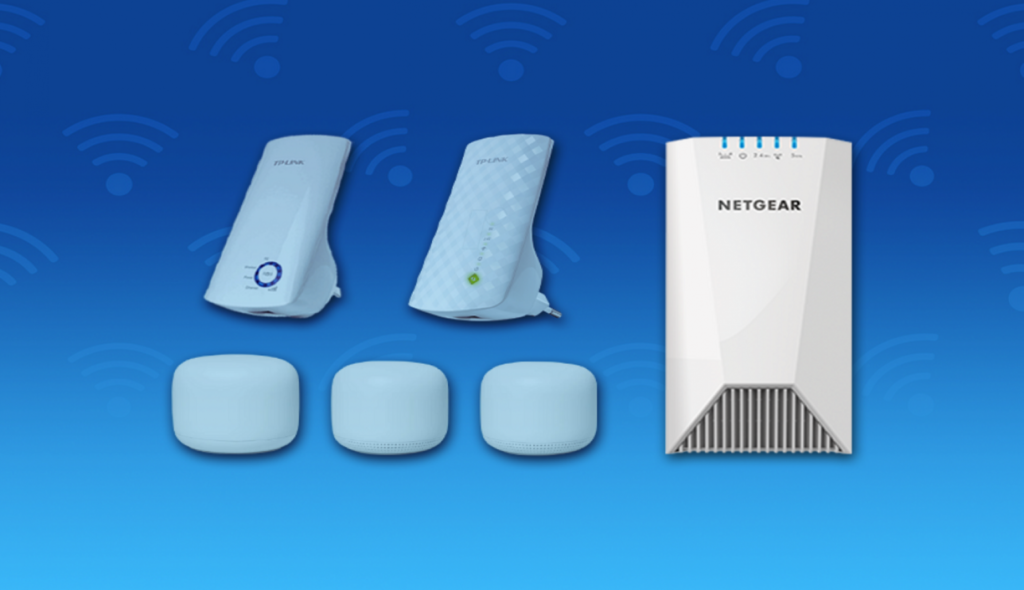When deciding to implement a wireless LAN (WLAN) solution within a building or facility, there are many factors to consider. The most obvious first consideration is the RF or radio coverage required within the facility, the size and layout of the facility will determine the number of wireless access points needed to provide that coverage. Another consideration will be the selection of the appropriate wireless antennas to provide the desired coverage.
The wireless antenna is one of the most important components of any wireless access point or wireless client device, because it is the antenna that determines how radio signals propagate, what type of radiation pattern they produce, and how much gain they produce. The radiation pattern can be isotropic, meaning that the antenna radiates the signal equally in all directions, and these antennas are often referred to as omnidirectional. Depending on the location of the antenna, we may need a radiation pattern that is not isotropic, but radiates in a pattern that maximizes the radio signal in a given direction.
Before going into a description of the different types of WiFi antennas, how much gain they produce, and what kind of radiation pattern they typically provide, I must stress that when implementing a wireless LAN for the first time, it is very important to have a wireless network. Site survey conducted to determine the location of access points and also highlight any problem areas where specialized wireless antennas are required.
A wireless antenna will normally be designed to operate efficiently over a narrow band of frequencies, the wider the range of frequencies the antenna will operate over, the more “broadband” the antenna is said to be. WiFi antennas will work in either the 2.4Ghz ISM band or the 5Ghz band, so the antenna must be designed to work within those specific frequency ranges.
In most countries, there will be a restriction on the amount of power a wireless antenna can transmit, and this is typically in the region of 1 Watt, with a gain of 6 dBi for omnidirectional antennas and around 23 dBi for directional antennas. . The reasons for the restrictions are primarily to reduce interference with other users within a particular frequency band.
Antenna gain is the measure of the amount of effective signal power an antenna gains for a given input power, and is measured in decibels (dB). Decibels are calculated on a logarithmic scale, and an example would be a 3dB increase representing a doubling of power, ie. An input of 25 milliwatts would produce an output of 50 milliwatts. EIRP or Effective Isotropic Radiated Power is determined by the transmit power and the antenna gain, i.e. a transmit power of 15 dBm with a gain of 6 dB would produce an EIRP of 21 dBm
Let’s take a look at some of the antenna types available and how they typically work:
omnidirectional antennas
This type of antenna, as noted above, typically produces an isotropic radiation pattern that is often referred to as a “doughnut” shape. It is worth noting that true isotropic antennas tend to be purely theoretical and other types of omnidirectional antennas are compared to those of an isotropic design.
vertical omnidirectional
A vertical omi-directional antenna is usually based on a dipole design where the radiation pattern of a dipole antenna is 360 degrees in the horizontal plane, and the vertical plane varies depending on whether the dipole is vertical or not. A vertically oriented dipole antenna typically has a 75 degree radiation pattern. Dipole antennas are usually said to have a gain, on average, of a little over 2Db.
roof domes
These antennas are designed to be mounted on the ceiling, above false ceilings or even on walls. Due to their less obstructed view they tend to have a higher gain of around 3Db.
rubber ducks
Wireless rubber duck Top 10 Echo were first used with early walkie talkies as a cropped whip antenna designed at a quarter wavelength. Because of this, they are called electrically short antennas and generally have a wire-like element covered with a rubber jacket, making them flexible and robust. They are mounted vertically and have a 360-degree radiation pattern similar to that of a half-wave dipole. These are the antennas you see on most mass-produced wireless routers for the home market.
